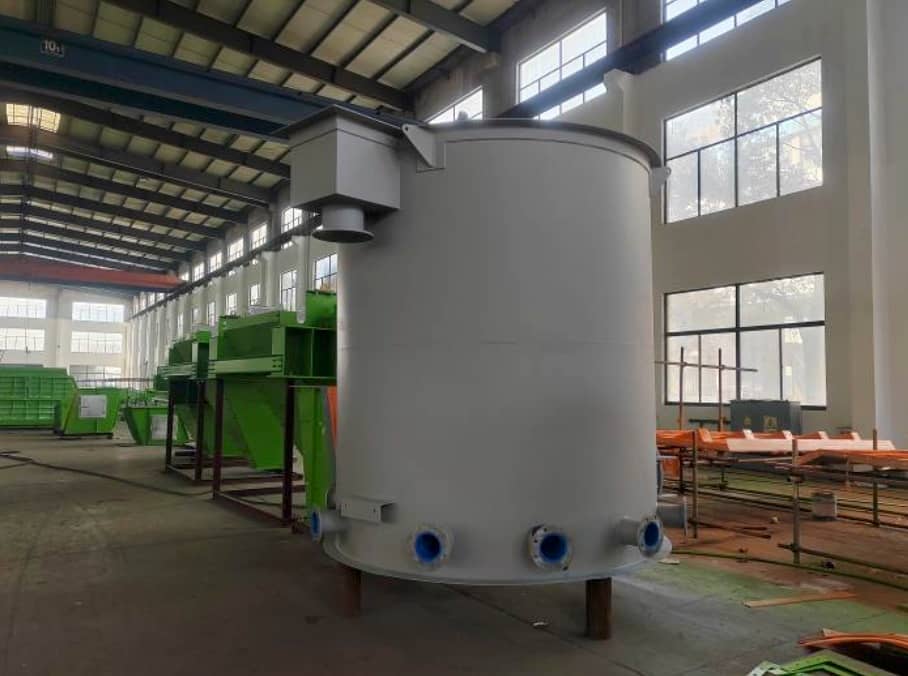Differences between Structural Steelwork and Platework
Abstract:
This paper aims to explore and compare the fundamental differences between structural steelwork and platework. It discusses the characteristics, applications, and advantages of both types of metalwork, highlighting their respective roles in modern construction and engineering projects.
Introduction:
Structural steelwork and platework are two distinct, yet interrelated, fields within the metalworking industry. Both play crucial roles in various engineering and construction projects, but their functions, designs, and applications differ significantly. Understanding these differences is essential for effective project planning and execution.
Structural Steelwork:
Structural steelwork involves the design, fabrication, and installation of steel frames, beams, columns, and other structural elements. These components are typically used to support buildings, bridges, and other large-scale structures. Structural steelwork is renowned for its strength, durability, and versatility. Steel is a highly malleable material that can be easily shaped and welded to create complex structures capable of withstanding significant loads.
The main advantages of structural steelwork include its high strength-to-weight ratio, excellent ductility, and resistance to corrosion. Steel structures are also highly resistant to fire and can be easily repaired or modified if necessary. Furthermore, steel is a sustainable material that can be recycled, making it an environmentally friendly choice for construction projects.
Platework:

Platework, on the other hand, refers to the fabrication and installation of metal plates, sheets, and panels. This type of metalwork is commonly used in the construction of pressure vessels, tanks, boilers, and other similar equipment. Platework typically involves working with thicker metal plates that require precise cutting, bending, and welding techniques.
The key benefits of platework include its durability, strength, and leak-proof properties. Metal plates and sheets can be easily shaped and welded to create robust and rigid structures that are resistant to high pressures and temperatures. This makes platework ideal for use in industrial and chemical processing plants, where equipment needs to withstand extreme conditions.
Differences between Structural Steelwork and Platework:
-
Application: Structural steelwork is primarily used in the construction of buildings, bridges, and other large-scale structures, while platework is more commonly found in the fabrication of pressure vessels, tanks, and similar equipment.
-
Material Thickness: Structural steelwork typically involves the use of thinner steel sections, such as beams and columns, whereas platework often requires thicker metal plates and sheets.
-
Design Complexity: Structural steelwork designs tend to be more complex, involving intricate frameworks and connections, whereas platework designs are generally simpler, focusing on the strength and durability of the metal plates themselves.
-
Fabrication Techniques: Both structural steelwork and platework require precise cutting, bending, and welding techniques. However, the specific techniques used may vary depending on the material thickness and design requirements.
Conclusion:
Structural steelwork and platework are two distinct fields within the metalworking industry, each with its own unique characteristics and applications. Understanding the differences between these two types of metalwork is crucial for selecting the appropriate materials and techniques for specific engineering and construction projects. Both structural steelwork and platework play vital roles in modern infrastructure development, ensuring safety, durability, and functionality in a wide range of applications.
